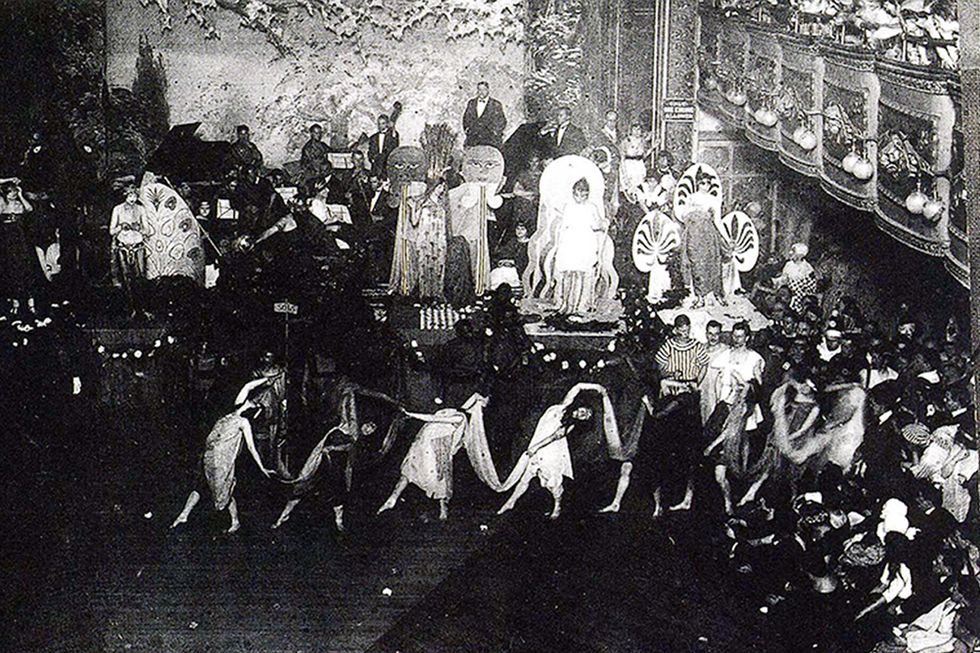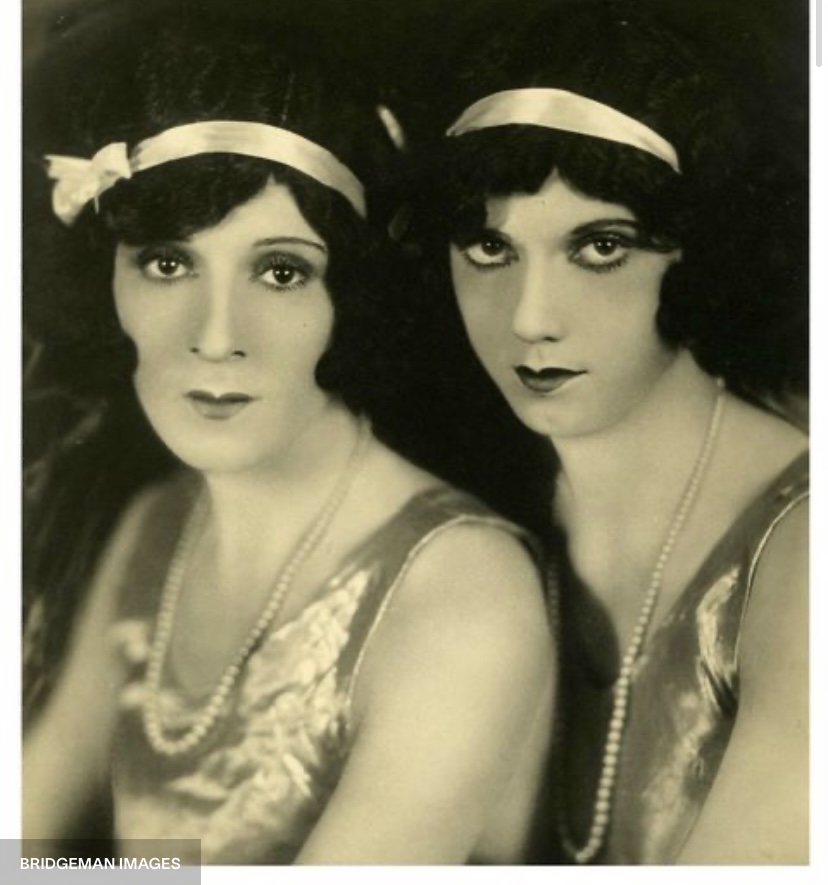
Despite over a century of violence and abuse, 50.000 unlawful arrests and mainstream societys’ ongoing efforts to restrict LGBTQ+ exposure, the underground ballroom culture has thrived as a safe haven of gay expression, stylized femininity and gender nonconformity.
Due to series like RuPauls’ Drag Race and the new series of Pose, the underground ballroom culture may now, indeed, appear as anything but underground. Looking back at the previous century of this subculture, it’s evident that what began as a cult with only a few hundred members has endured several hurdles to achieve the kind of acceptability it presently enjoys.
On June 29th, Fotografiska New York and Hedges Projects presented Andy Warhol Photographs. This online exhibition draws extensively from the artists’ polaroids of LGBTQIA+ characters from the 1970s and features two different picture series. The first exhibition is entitled “Sex Parts and Torsos ” focuses on classic nudes and intimate erotic art that has been represented throughout history and belongs to the artist’s darker and more profound career, blurring the boundaries between art and pornography. The second series is entitled “Ladies and Gentlemen” which is a victorious parade of Black and Lantix drag queens and models who are allowed the Warhol to photograph them. Marsha P. Johnson, the iconic activist and drag queen, is one of the many people photographed by Warhol for the series.
Since the 1920s, drag queens have embraced portrait photography to showcase their art and the acts of brutality they have faced over the past century.

“Portrait of Leif and Paal Roschberg, The Rocky Twins” was taken in 1926 and pictures two Norwegian brothers, Paal and Leif Roschberg, who rose to prominence as dancers in Parisian music during the Jazz age.

The era known as the “Roaring Twenties” was characterised by extravagant fashion. During this time, the Midwest flapper style was very popular. One of the only locations where LGBTQIA+ people could enjoy and appropriate high fashion was amidst the underground dance scene.